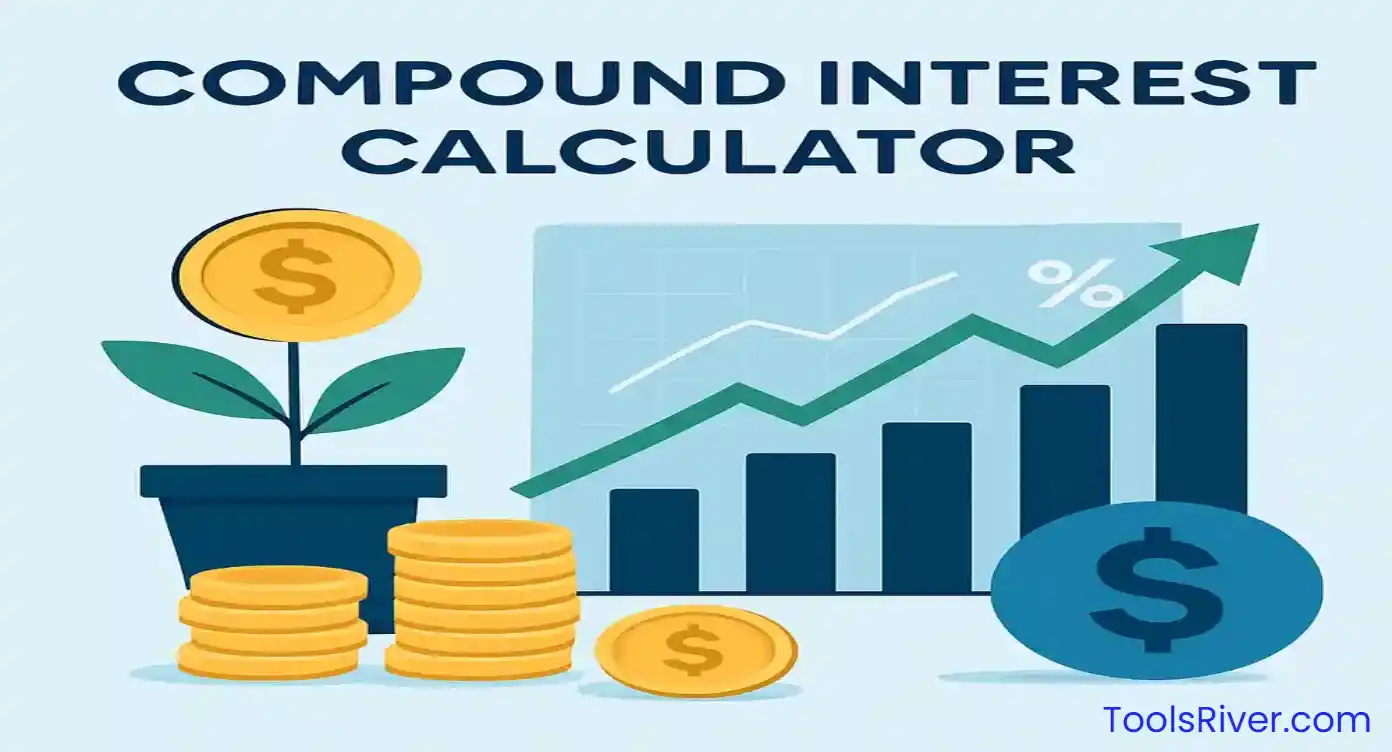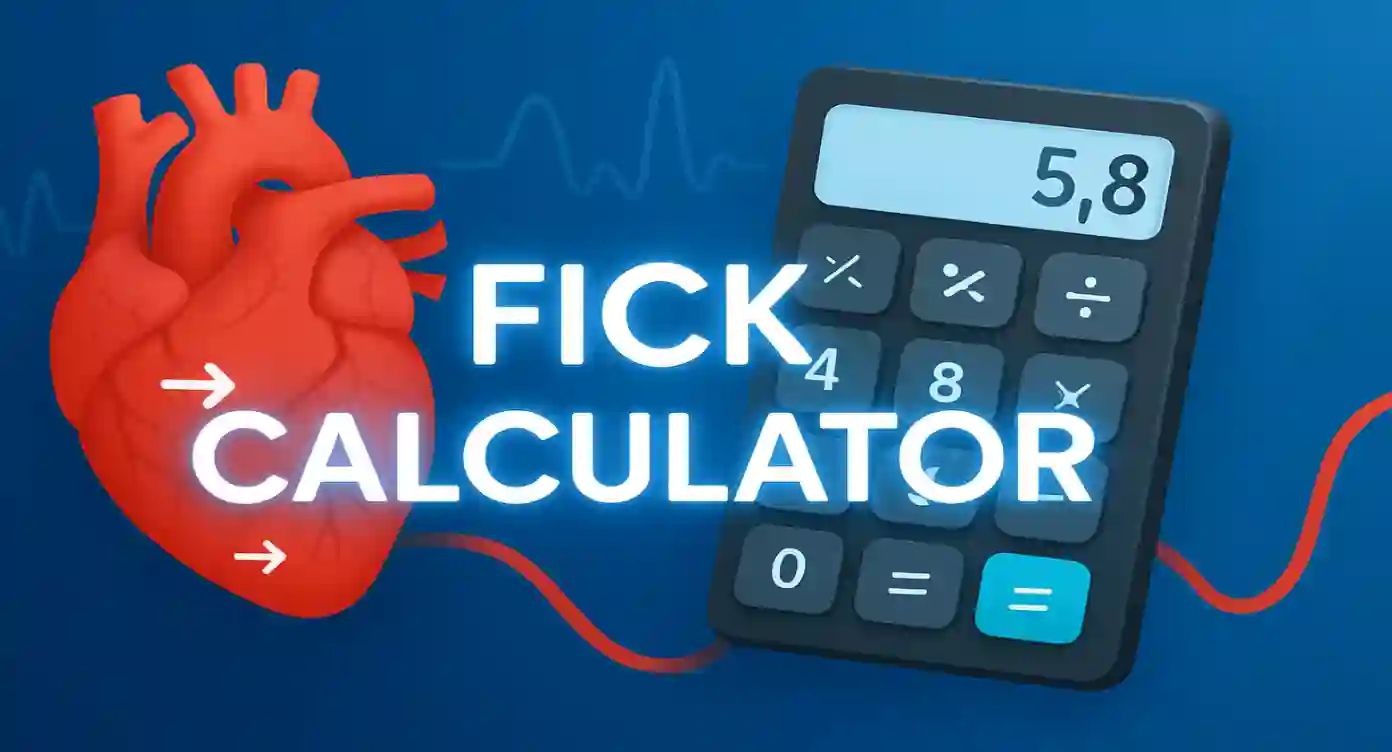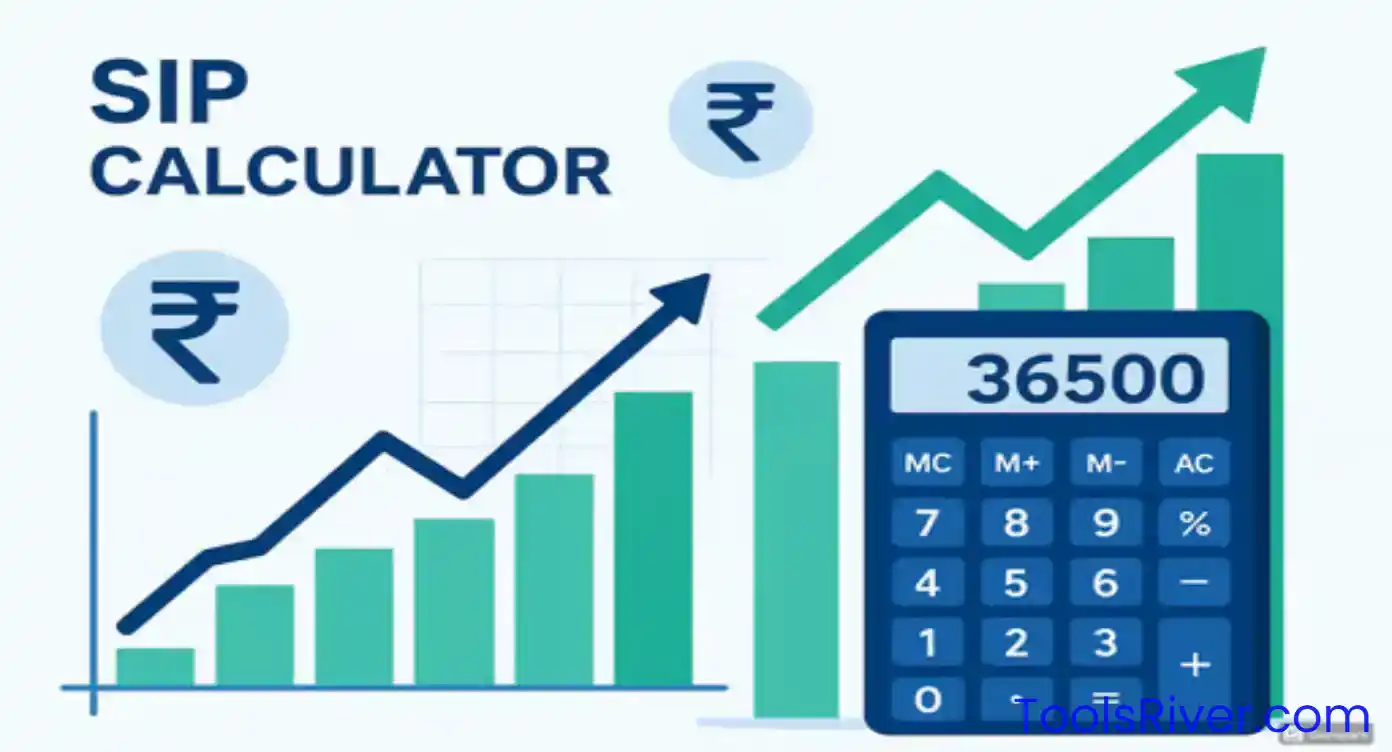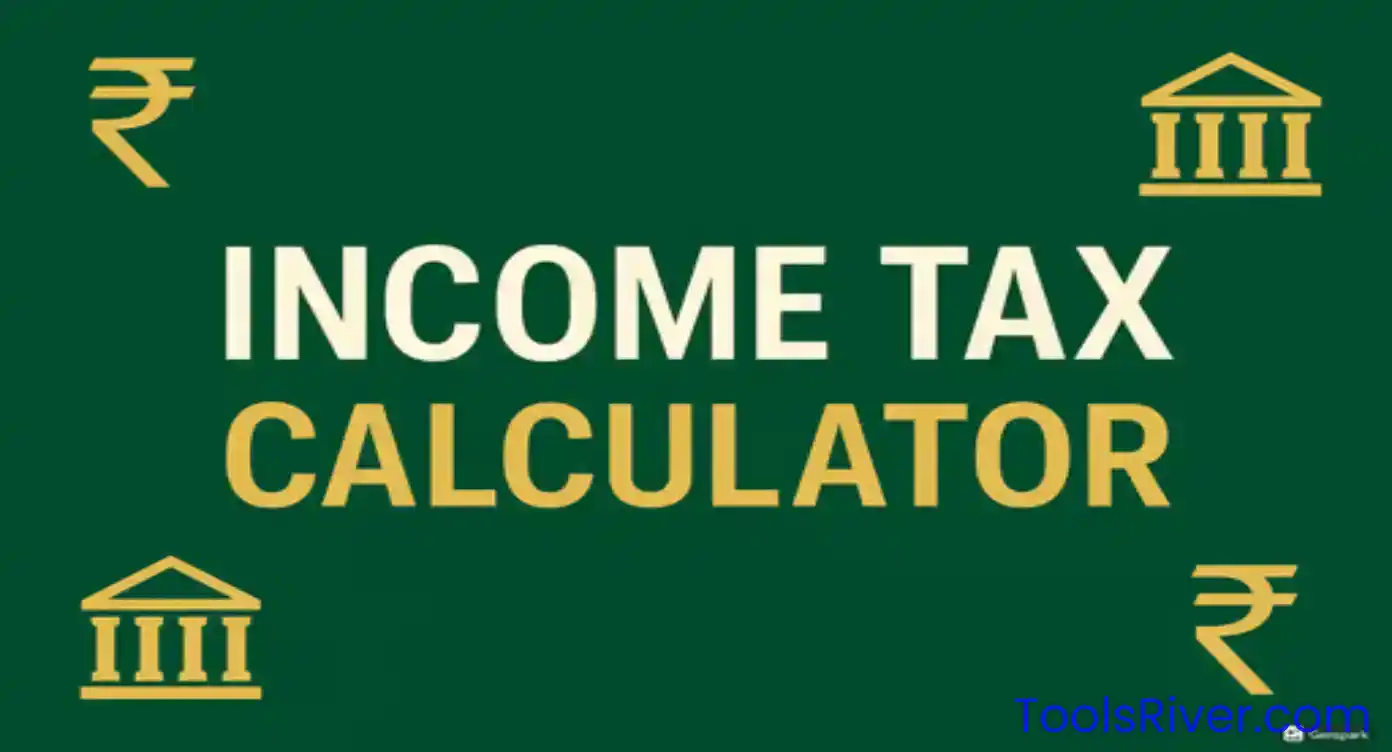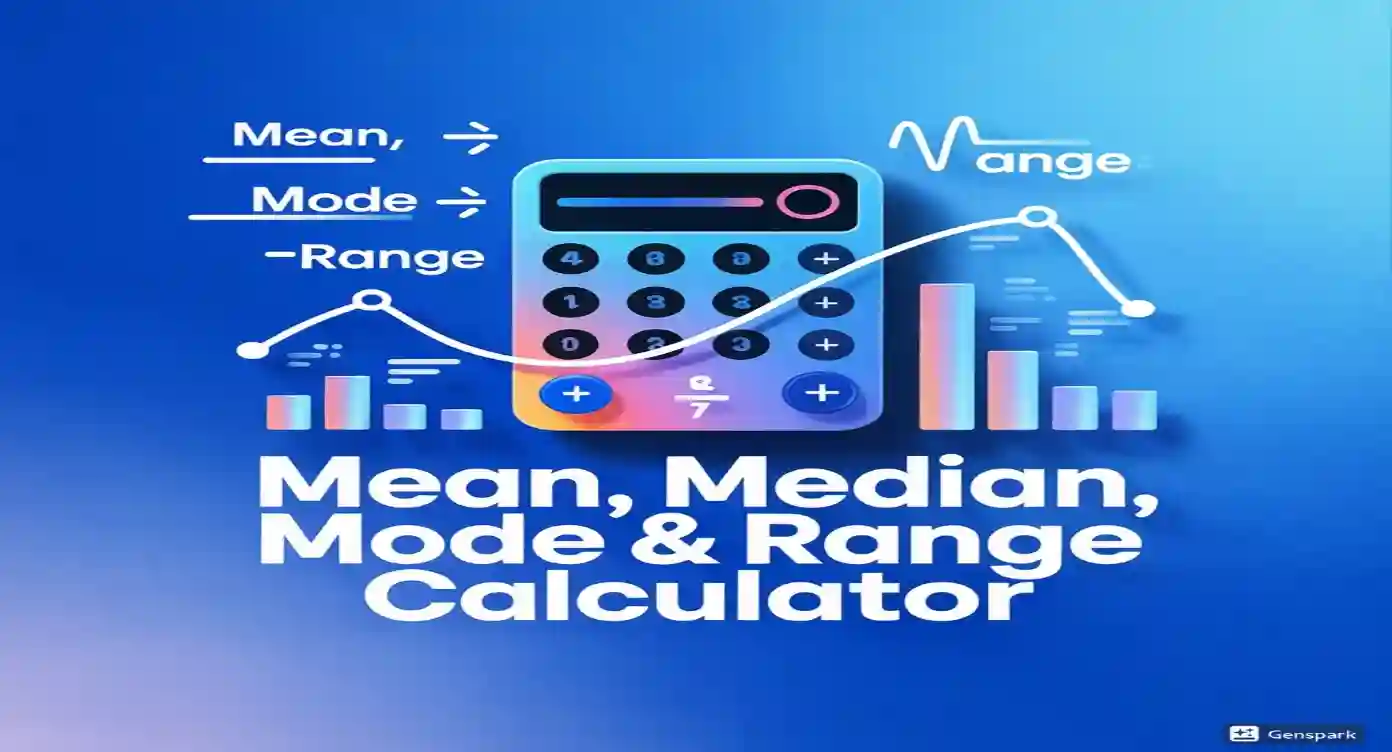Advanced GST Calculator
Calculate CGST, SGST, and IGST with precision. Get detailed breakdowns, visual reports, and comprehensive GST guidance for your business needs.
GST Calculator
Calculation Results
GST Breakdown Visualization
Table of Contents
What is GST (Goods and Services Tax)?
Goods and Services Tax (GST) is a comprehensive indirect tax system implemented in India on July 1, 2017, replacing multiple cascading taxes levied by the central and state governments. This revolutionary tax reform created a unified national market by subsuming various indirect taxes such as Central Excise, Service Tax, Value Added Tax (VAT), Central Sales Tax, and several others under a single tax structure.
The GST system is based on the principle of "One Nation, One Tax" and operates on a destination-based consumption tax model. This means that the tax is collected at the point of consumption rather than production, ensuring that the revenue goes to the state where goods or services are consumed. The GST calculator becomes an essential tool for businesses to determine accurate tax obligations and maintain compliance with the complex GST framework.
Under the GST regime, businesses must understand the distinction between different types of transactions and apply appropriate tax rates. The GST calculation involves determining whether a transaction is intrastate (within the same state) or interstate (between different states), which affects how the tax is divided between Central GST (CGST), State GST (SGST), and Integrated GST (IGST).
Key Features of GST:
- Dual GST model with Central and State components
- Destination-based taxation principle
- Seamless input tax credit mechanism
- Technology-driven administration
- Reduced compliance burden compared to previous tax systems
Types of GST in India: CGST, SGST, and IGST Explained
The Indian GST system operates through three distinct components, each serving specific jurisdictional purposes. Understanding these components is crucial for accurate GST calculation and compliance. Our GST calculator automatically determines which type applies based on your transaction type selection.
Central GST (CGST)
Collected by the Central Government on intrastate transactions. Forms half of the total GST rate along with SGST.
State GST (SGST)
Collected by State Governments on intrastate transactions. Equal to CGST rate for the same transaction.
Integrated GST (IGST)
Applied on interstate transactions and imports. Equals the full GST rate and is later distributed between center and states.
The GST calculation method depends entirely on the nature of your transaction. For intrastate supplies (goods/services supplied within the same state), the GST rate is split equally between CGST and SGST. For interstate supplies, the entire GST amount is charged as IGST. This distinction is fundamental to accurate GST compliance and is automatically handled by our advanced GST calculator.
Union Territory GST (UTGST) is another component that applies to transactions within Union Territories, functioning similarly to SGST but collected by the Union Territory administration. The GST calculation principles remain the same, with CGST and UTGST splitting the total tax rate for intrastate transactions within Union Territories.
How to Calculate GST: Comprehensive Formula Guide
GST calculation involves two primary scenarios: calculating GST on amounts exclusive of tax and extracting GST from amounts inclusive of tax. Our GST calculator handles both scenarios automatically, but understanding the underlying mathematics helps businesses make informed decisions and verify calculations manually when needed.
GST Exclusive Calculation
GST Amount = (Base Amount × GST Rate) ÷ 100
Base Amount + GST Amount
Base: ₹1,000, Rate: 18%
GST: (1,000 × 18) ÷ 100 = ₹180
Total: ₹1,000 + ₹180 = ₹1,180
GST Inclusive Calculation
Base Amount = (Total Amount × 100) ÷ (100 + GST Rate)
Total Amount - Base Amount
Total: ₹1,180, Rate: 18%
Base: (1,180 × 100) ÷ 118 = ₹1,000
GST: ₹1,180 - ₹1,000 = ₹180
For intrastate transactions, the GST calculation requires splitting the total GST amount equally between CGST and SGST. Our GST calculator automatically performs this division, ensuring accurate compliance with Indian tax regulations. For an 18% GST rate on intrastate transactions, 9% would be CGST and 9% would be SGST.
Interstate transactions involve IGST calculation, where the entire GST amount is charged as IGST without any splitting. This simplifies the GST calculation process for interstate supplies while ensuring proper revenue distribution between the central and state governments through the settlement mechanism.
Pro Tip for Accurate GST Calculation:
Always round GST amounts to the nearest paisa (two decimal places) as per GST law requirements. Our GST calculator follows this rounding convention to ensure compliance with official regulations.
Current GST Rates in India 2024-25
The GST rate structure in India follows a multi-tier system designed to balance revenue collection with economic accessibility. Understanding these rates is essential for accurate GST calculation and business planning. Our GST calculator includes all current rates and automatically applies the appropriate percentage based on your selection.
| GST Rate | Category | Examples of Goods/Services | Annual Revenue Impact |
|---|---|---|---|
| 0% | Essential Items | Fresh fruits, vegetables, milk, bread, healthcare services, educational services | No GST impact |
| 3% | Precious Metals | Gold, silver, precious stones | ₹3 per ₹100 |
| 5% | Daily Necessities | Sugar, tea, coffee, spices, coal, transport services | ₹5 per ₹100 |
| 12% | Standard Rate | Processed foods, mobile phones, business hotel accommodation | ₹12 per ₹100 |
| 18% | Standard Rate | IT services, restaurant services (non-AC), financial services | ₹18 per ₹100 |
| 28% | Luxury Items | Automobiles, luxury hotels, cinema tickets, aerated drinks | ₹28 per ₹100 |
The GST rate structure is regularly reviewed by the GST Council to ensure optimal revenue collection while minimizing the burden on essential commodities. Special rates may apply to certain goods like petroleum products, alcoholic beverages, and electricity, which are outside the standard GST framework but may be included in future amendments.
When using our GST calculator, selecting the correct rate is crucial for accurate calculations. The rate depends on the Harmonized System of Nomenclature (HSN) code for goods and Service Accounting Code (SAC) for services. Businesses should consult the official GST rate notifications or seek professional advice for rate determination in complex cases.
Important Note on GST Rates:
GST rates can be revised by the GST Council based on economic conditions and policy requirements. Always verify current rates from official sources before making important business decisions. Our GST calculator is updated regularly to reflect the latest rate changes.
GST Registration Requirements and Thresholds
GST registration is mandatory for businesses exceeding specified turnover thresholds, but it can also be voluntary for smaller businesses wanting to claim input tax credits. Understanding registration requirements is crucial before using any GST calculator, as only registered businesses can charge and collect GST from customers.
Mandatory Registration Thresholds
For Goods Supply
₹40 Lakhs
Annual turnover in regular states
For Services Supply
₹20 Lakhs
Annual turnover in regular states
Special Category States
₹20/₹10 Lakhs
For goods/services respectively
Compulsory Registration Cases
- Interstate supply of goods or services
- E-commerce operators and suppliers
- Non-resident taxable persons
- Composition scheme opt-out cases
- Input service distributors
- Reverse charge mechanism applicability
Once registered under GST, businesses can use our GST calculator to determine their tax liabilities accurately. Registration brings both benefits and responsibilities - while businesses can claim input tax credits and issue tax invoices, they also need to comply with regular return filing requirements and maintain proper records.
The composition scheme under GST allows small businesses to pay tax at lower rates but restricts their ability to claim input tax credits. Businesses under composition scheme pay a fixed percentage of turnover as GST, making GST calculation simpler but limiting growth potential due to input credit restrictions.
Documents Required for GST Registration:
- • PAN Card of business entity
- • Aadhaar card of proprietor/directors
- • Business registration certificate
- • Address proof of business premises
- • Bank account statement
- • Digital signature certificate
- • Partnership deed (if applicable)
- • Authorization letter
Benefits of GST System for Indian Economy
The implementation of GST has brought transformative changes to the Indian taxation landscape, creating a unified national market and simplifying tax compliance procedures. Understanding these benefits helps businesses appreciate the importance of accurate GST calculation and compliance in contributing to the broader economic ecosystem.
Economic Growth
- • Increased GDP contribution
- • Better resource allocation
- • Enhanced productivity
- • Improved competitiveness
Business Benefits
- • Simplified compliance
- • Reduced logistics costs
- • Seamless credit flow
- • Elimination of cascading
Consumer Benefits
- • Lower product prices
- • Better quality goods
- • Transparent pricing
- • Wider product choice
The GST system has significantly improved tax compliance through technology integration and simplified procedures. Businesses can now use digital tools like our GST calculator to ensure accurate tax computation, reducing errors and penalties. The seamless input tax credit mechanism has eliminated the cascading effect of taxes, leading to cost reductions across supply chains.
From a macroeconomic perspective, GST has created a common national market by removing inter-state trade barriers. This has enhanced economic efficiency, increased tax buoyancy, and improved the ease of doing business in India. The transparent and technology-driven administration has reduced corruption and improved tax collection efficiency.
The GST Council's regular reviews and rate adjustments have helped maintain economic stability while ensuring adequate revenue generation. The system's flexibility allows for quick responses to economic changes, making it a robust framework for India's growing economy.
Statistical Impact of GST:
Tax Collection: Increased by 23% annually
Compliance: 87% of businesses now file returns
GDP Impact: Contributed 0.7% to GDP growth
Export Growth: 12% increase in export competitiveness
GST Compliance and Return Filing Requirements
GST compliance involves regular return filing, payment of taxes, and maintenance of proper records. Accurate GST calculation using tools like our GST calculator is essential for compliance, as errors can lead to penalties and interest charges. Understanding the compliance framework helps businesses maintain good standing with tax authorities.
| Return Type | Due Date | Purpose | Late Fee |
|---|---|---|---|
| GSTR-1 | 11th of next month | Outward supplies details | ₹50 per day |
| GSTR-3B | 20th of next month | Summary return & payment | ₹50 per day |
| GSTR-2A | Auto-populated | Inward supplies (auto) | N/A |
| GSTR-9 | 31st December | Annual return | 0.25% of turnover |
Proper GST calculation and timely return filing are interconnected aspects of compliance. Businesses must ensure that their GST calculations align with the figures reported in returns. Any discrepancies can trigger scrutiny from tax authorities and may result in demands, penalties, or prosecution in serious cases.
The Input Tax Credit (ITC) reconciliation process requires businesses to match their purchase records with supplier returns. This emphasizes the importance of accurate GST calculation not just for their own supplies but also for verifying the correctness of input credits claimed.
Compliance Penalties
- • Late filing: ₹50-200 per day
- • Non-filing: ₹10,000 minimum
- • Wrong information: 100% of tax
- • Tax evasion: 100-200% of tax
- • Interest: 18% per annum
Best Practices
- • Use reliable GST calculator
- • Maintain detailed records
- • Regular reconciliation
- • Timely return filing
- • Professional consultation
Input Tax Credit (ITC) Under GST
Input Tax Credit (ITC) is the cornerstone of the GST system, allowing businesses to claim credit for GST paid on inputs against their output tax liability. Understanding ITC is crucial for effective GST calculation and cash flow management. Our GST calculator helps businesses determine their net tax liability after considering available input credits.
ITC Calculation Formula
Net GST Payable = Output GST - Input Tax Credit (ITC)
Where ITC includes GST paid on inputs, input services, and capital goods used for business purposes
Eligible for ITC
- Raw materials for production
- Input services for business
- Capital goods and machinery
- Office supplies and utilities
- Transportation services
Not Eligible for ITC
- Personal or family consumption
- Employee welfare expenses
- Club membership fees
- Life and health insurance
- Food and beverages (unless for resale)
The ITC mechanism ensures that GST is truly a consumption-based tax, as businesses can recover the tax paid on their inputs. This makes accurate GST calculation even more important, as errors in claiming ITC can lead to cash flow problems and compliance issues. The availability of ITC also makes GST registration attractive for businesses even below the threshold limit.
Time limits apply to ITC claims - businesses must claim credit within specific periods, and reversal may be required in certain circumstances. The blocked credit provisions and proportionate credit rules add complexity to GST calculation, making professional guidance valuable for businesses with mixed supplies.
ITC Conditions for Valid Claims:
- • Valid tax invoice possession
- • Goods/services actually received
- • Supplier has paid tax to government
- • Payment made within 180 days
- • Business purposes only
- • Returns filed by supplier
Frequently Asked Questions (FAQ)
Our GST calculator uses official GST formulas and current tax rates as prescribed by the Indian GST Council. It accurately calculates CGST, SGST, and IGST for both inclusive and exclusive amounts, ensuring 100% compliance with Indian tax regulations. The calculator is regularly updated to reflect any rate changes or policy modifications.
GST exclusive means the base amount does not include GST, and you add GST to get the final price. GST inclusive means the total amount already includes GST, and you need to extract the GST component. Our calculator handles both scenarios - for exclusive: Final = Base + GST; for inclusive: Base = Total ÷ (1 + GST rate).
Use CGST+SGST for intrastate transactions (within the same state) where the GST rate is split equally between central and state governments. Use IGST for interstate transactions (between different states) where the entire GST amount goes as integrated tax. Our calculator automatically determines this based on your transaction type selection.
This calculator is completely free with no limitations on usage. It handles all standard GST rates (0%, 3%, 5%, 12%, 18%, 28%) and provides detailed breakdowns with visual charts. However, for complex business scenarios involving composition schemes, reverse charges, or special provisions, we recommend consulting with a tax professional.
Yes, the calculations from this tool can be used for GST return preparation and compliance purposes. The results include detailed breakdowns suitable for GSTR-1, GSTR-3B, and other return forms. However, always verify calculations with your accounting system and consider professional review for significant transactions or complex business structures.
GST rates depend on HSN (Harmonized System of Nomenclature) codes for goods and SAC (Service Accounting Code) for services. Refer to the official GST rate notification or consult the GST Council's rate finder tool. Common rates: 0% for essentials, 5% for needs, 12% for standard items, 18% for services, and 28% for luxury goods.
GST calculation errors can lead to under-payment or over-payment of tax. Under-payment attracts interest at 18% per annum plus penalties. Over-payment can be adjusted against future liabilities or claimed as refund. Use our accurate calculator to minimize errors, and maintain proper documentation for all calculations and transactions.
No, you can use this GST calculator without registration for planning and estimation purposes. However, only GST-registered businesses can legally charge and collect GST from customers. Registration becomes mandatory when turnover exceeds ₹40 lakhs for goods or ₹20 lakhs for services (₹20/₹10 lakhs in special category states).







